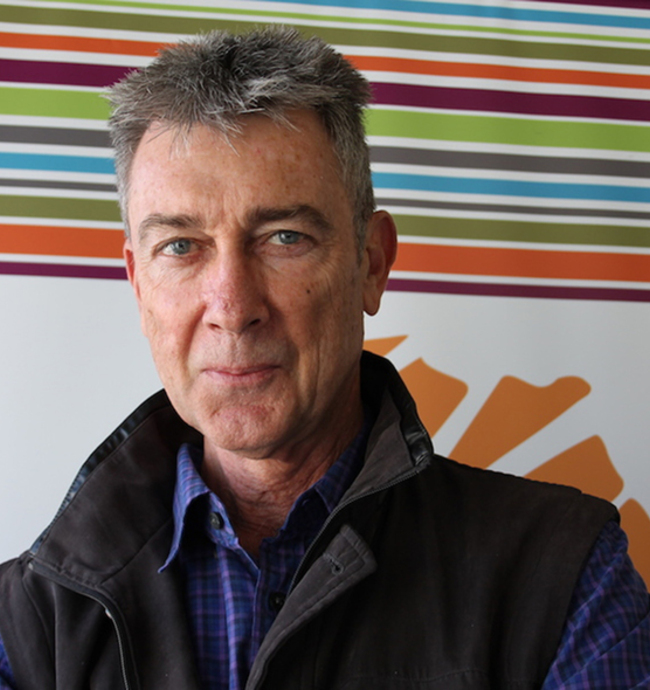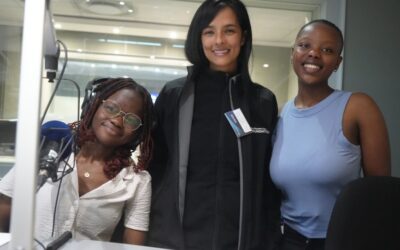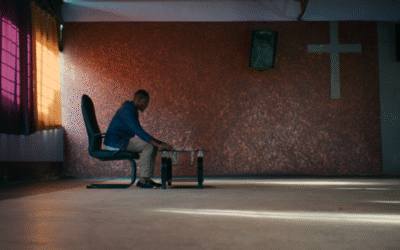The African Creative Economy Conference that takes place in Morocco this week will shine a spotlight on the role of artists as agents of change, writes Stefanie Jason.
“The role of the artist has always been to provoke debate and to raise issues for discussion — even contentious ones,” says Peter Rorvik, the secretary general of the creative civil society organisation Arterial Network. “[And] the function of the artist has been to precipitate change.”
In South Africa, where cultural resistance towards apartheid was a powerful tool in shaking up the old guard, the artist as a catalyst for change has deep roots. But more recently, artists’ works have sparked riots and spurred debate from South Africa to the United Kingdom.
Controversy has swamped South African artists such as Brett Bailey, whose Exhibit B show was shut down in London in September after vigorous protests, and Cape Town-based collective Dookoom, whose music video for their song, Larney, Jou Poes, resulted in the group being threatened with legal action by civil rights group Afriforum.
Rorvik criticises both cases, particularly the shutting down of Bailey’s Exhibit B, which the Barbican Centre cancelled following protests by anti-racism campaigners. “Exhibit B certainly touched a nerve and highlighted the need for ongoing debate on racism and history,” he says. “But while dissenting voices have a right not to see the work, they do not have the right to force a closure.”
Rorvik, the former director of the University of KwaZulu-Natal’s Centre for Creative Arts, spoke to the Mail & Guardian ahead of the annual African Creative Economy Conference in Rabat, Morocco, co-hosted by the Association Racines/Arterial Network Morocco. The conference is expected to draw hundreds of artists, activists, representatives of civil society and African governments, who will address issues faced by the continent’s cultural and creative industries.
Rorvik, who will be giving a talk at the event on “culture, artists’ rights and democracy in Africa”, says: “The artist has the right to create art, audiences have a right to see it; these are basic rights enshrined in most country’s Constitutions around the world. It is a fundamental role of the artist to make us think.”
‘Disgraceful example of intolerance’
Discussing other instances in contemporary South Africa where the freedom of expression of artists has been challenged — such as the protests and uproar in 2012 around Brett Murray’s The Spear, a painting of President Jacob Zuma with his genitals exposed that was defaced by two attackers, Rorvik asserts that “the role of artists as agents of change should be celebrated, not prosecuted”.
But in a nation where song, visual art and theatre productions were some of the cultural devices used to disseminate news of a country suffering under apartheid, the power of art is not overlooked. However, the reactions to controversial artwork by both the apartheid and post-apartheid governments have at times been unfortunately similar.
And despite it being two decades into South Africa’s liberation, events such as the Murray and Dookoom drama have highlighted just how little progress the country has made since the National Party government imposed laws such as the 1963 Publications and Entertainments Act, which stifled freedom of expression.
The Act created a central body, the Publications Control Board, to decide whether publications (excluding newspapers), objects, films and public entertainment complied with the Act’s strict moral and political codes or were indecent or obscene or politically unacceptable.
“I would love to say that South Africa is making progress, but regrettably I think the opposite,” says artist and writer Sue Williamson, who spoke to the M&G in mid-October from London, where her work was on show at the Goodman Gallery’s stand at Frieze Masters — part of the city’s Frieze Art Fair. Williamson says that “if art is provocative, it should be considered, discussed, analysed, criticised or celebrated, but never avoided”.
Gerald Machona, a Zimbabwean-born, Cape Town-based performance artist and sculptor, says: “South Africa has one of the most liberal Constitutions in Africa and comes a long way from the apartheid ideology.” But the artist, whose work centres on identity politics and the politics of representation, questions how free freedom of expression really is in South Africa.
“You should ask yourself, who is given the freedom to express? There are certain spaces within the spheres of our society where people are not given that freedom.”
See full report by Stefanie Jason in Mail & Guardian






